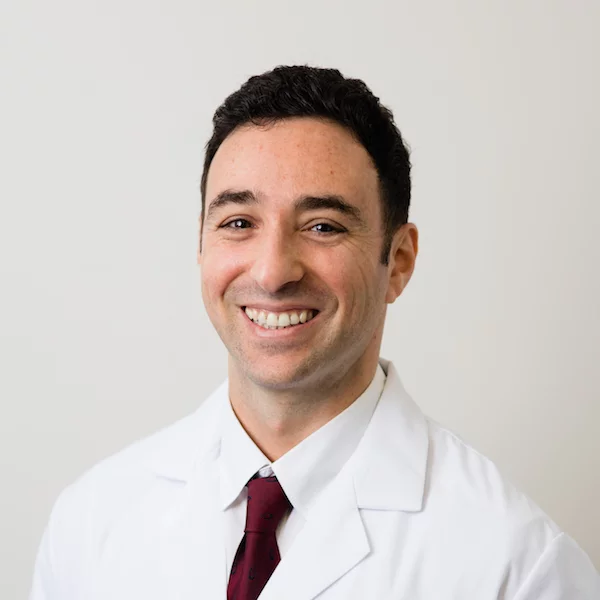Aortic valve stenosis — or aortic stenosis — occurs when the heart’s aortic valve narrows. This narrowing prevents the valve from opening fully, which reduces or blocks blood flow from your heart into the main artery to your body (aorta) and onward to the rest of your body.
Calcification of the aortic valve due to age or longstanding damage from previous infections, medications, or untreated hypertension are the primary cause. Some people who have a congenital condition called bicuspid aortic valves, in which the aortic valve has 2 cusps instead of 3, are more prone to stenosis later in life.
Signs and symptoms of aortic valve stenosis may include:
- Abnormal heart sound (heart murmur) heard through a stethoscope
- Chest pain (angina) or tightness with activity
- Feeling faint or dizzy or fainting with activity
- Shortness of breath, especially when you have been active
- Fatigue, especially during times of increased activity
- Heart palpitations — sensations of a rapid, fluttering heartbeat
Risk factors of aortic valve stenosis include:
- Older age
- Certain heart conditions present at birth (congenital heart disease) such as a bicuspid aortic valve
- History of infections that can affect the heart
- Having cardiovascular risk factors, such as high blood pressure
- Chronic kidney disease
- History of radiation therapy to the chest
Most often aortic stenosis is diagnosed during a physical exam with a stethoscope by auscultating a murmur. Confirmation and severity are then determined by an echocardiogram or a cat scan or an MRI.
Severe cases may call for surgical correction via valve replacement. Alternatively, doctors may perform a less invasive procedure called transcatheter aortic valve replacement (TAVR) to replace a narrowed aortic valve. TAVR may be an option for people who are considered to be at intermediate or high risk of complications from surgical aortic valve replacement.
Calcium reducing medication can also help slow the occurrence of calcium build up. Some possible ways to prevent aortic valve stenosis include:
- Taking steps to prevent rheumatic fever. You can do this by making sure you see your doctor when you have a sore throat. Untreated strep throat can develop into rheumatic fever. Fortunately, strep throat can usually be easily treated with antibiotics. Rheumatic fever is more common in children and young adults.
- Addressing risk factors for coronary artery disease. These include high blood pressure, obesity and high cholesterol levels. These factors may be linked to aortic valve stenosis, so it’s a good idea to keep your weight, blood pressure and cholesterol levels under control if you have aortic valve stenosis.
- Taking care of your teeth and gums. There may be a link between infected gums (gingivitis) and infected heart tissue (endocarditis). Inflammation of heart tissue caused by infection can narrow arteries and aggravate aortic valve stenosis.
Left untreated, Aortic Valve Stenosis can lead to left ventricular hypertrophy – an increase of the muscular wall of the heart due to the pressure against pumping blood into a narrow valve. This puts additional stress on the heart that can lead to heart failure and death.
Aortic valve stenosis can cause complications, including:
- Heart failure
- Stroke
- Blood clots
- Bleeding
- Heart rhythm abnormalities (arrhythmias)
- Infections that affect the heart, such as endocarditis
- Death
Aortic Stenosis can be caused by calcification of the aortic valve. Those with a bi-cuspid aortic valve are more likely to develop aortic stenosis later in life. It can be diagnosed with an echocardiogram and treated with valve replacement.



